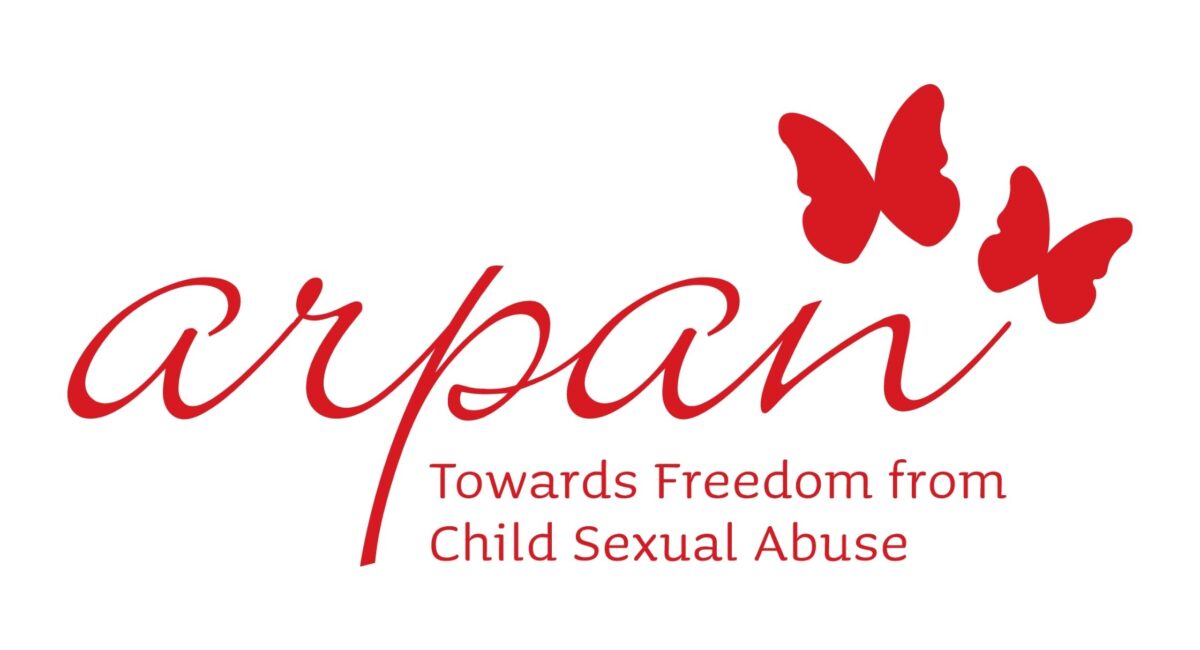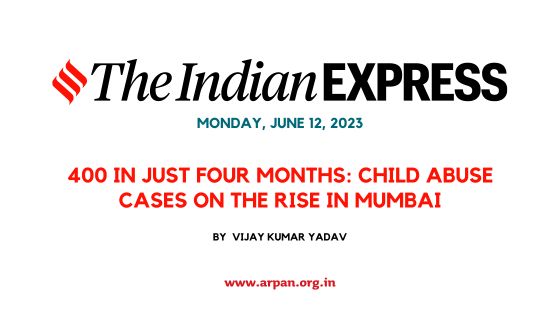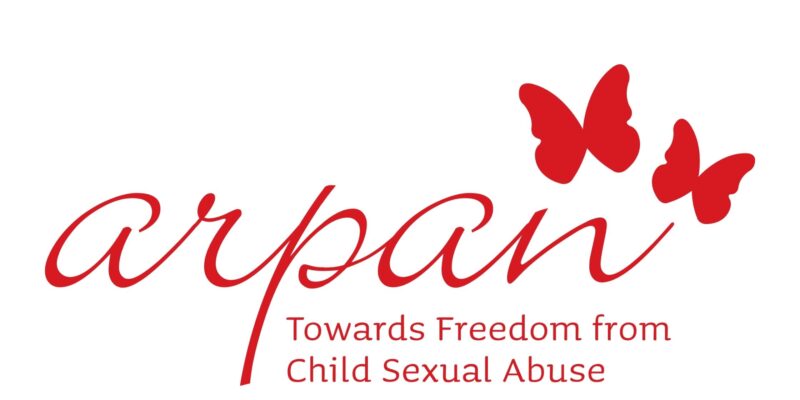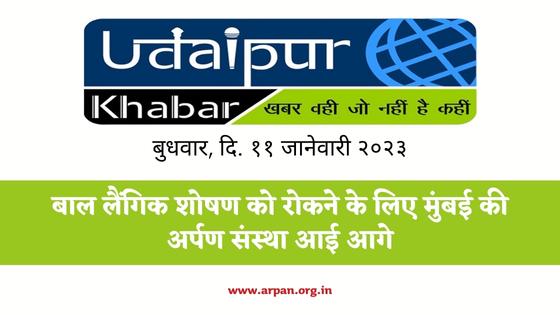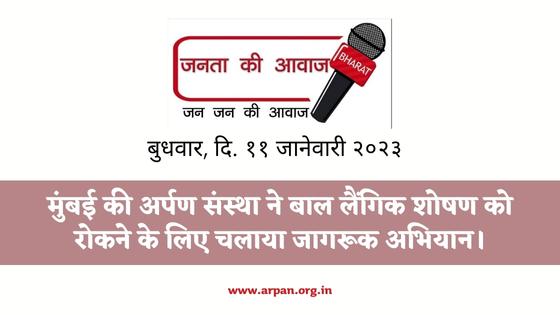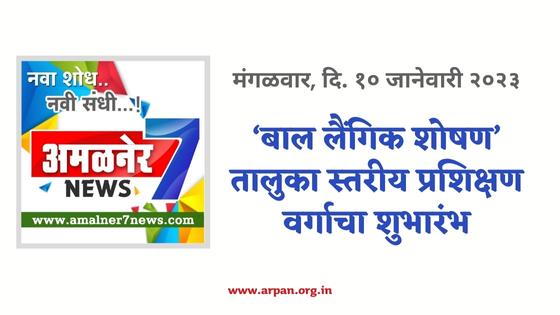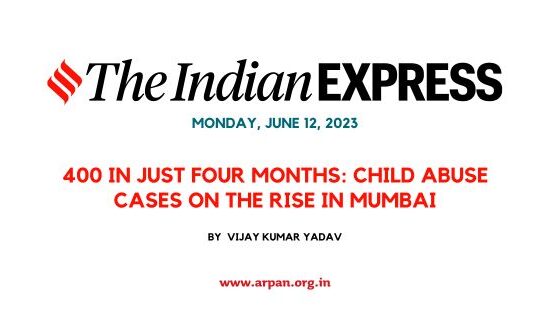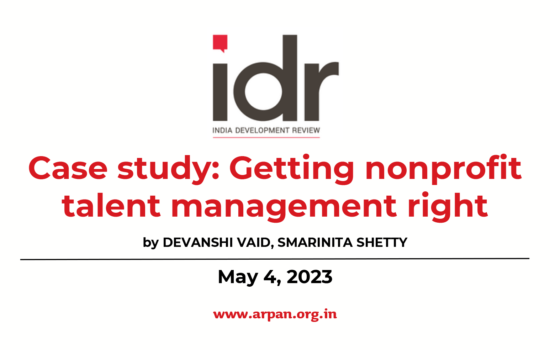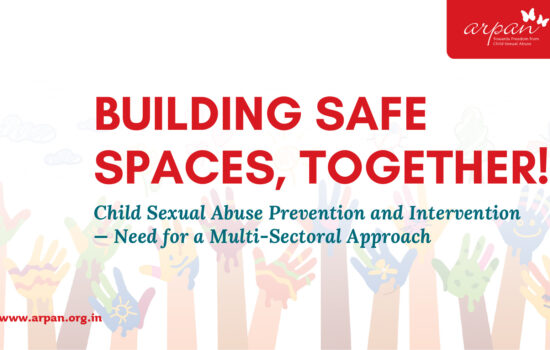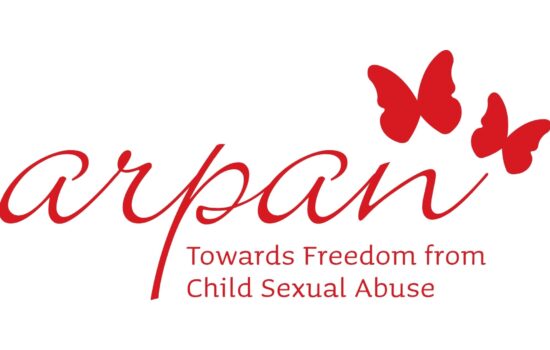It happens everywhere and in almost every household. Statistics prove that one in every two kids is sexually abused. But Child Sexual Abuse was, and continues to be, one of the most under-reported crimes in India. The series explores the whys and hows of CSA and analyses the all-prevailing silence that surrounds it.
While growing up, Durga (name changed to protect privacy) hated paan. Such was her revulsion that she would refuse to climb into an auto or a rickshaw if the driver was chewing paan. In a city where every second person chews paan, this became a problem. As a teenager, Durga would pick fights with her driver, doodhwallah, dhobi and even with her father every day over her hatred for paan.
“I once saw my mom chewing paan and that was it. I began screaming and threw whatever I could find at her. She ran into the bedroom, locked herself in and called my father at his office. By the time he arrived, the house was a shambles. When I saw my dad, I broke down,” recalls the 35-year-old mother of two.
After a few days, a calmer 14-year-old Durga told her mother that she had been sexually abused by her paternal uncle for the past nine years.
“He loves to chew paan and would kiss me on my cheeks, while touching my chest. At least that’s how it started,” she explains. “Sometimes, he would lick my cheeks. It would tickle and when I laughed, he said he loved me more than his kids. I was six or seven years old then.”
Over the years, Durga’s uncle grew bolder. “I told him that I didn’t like what he was doing. He said I was special and that I made him feel helpless. I felt so responsible and guilty,” she adds.
Why didn’t she confide in anyone or ask for help? “I didn’t know what was happening to me. Even to my mom, I just told her that he had hurt me. I didn’t know how to explain it,” she rues. It was after years of therapy and counselling that Durga was able to narrate her tale with gut-wrenching details.
 |
When parents teach kids about body parts, they should also talk about the torso and pelvic region. This helps them be comfortable with their bodies and use appropriate words if they are abused  Vidya Reddy, Founder Of Tulir Vidya Reddy, Founder Of Tulir |
Durga is not an isolated case. Children remain silent about sexual abuse mostly because of social and cultural stigma. “Children, at a very early age, are taught that anything to do with the private parts of their bodies is shameful,” says Pooja Taparia, founder of Arpan, a Mumbai-based NGO. “They don’t know the difference between a good touch and a bad touch. Nobody tells them that it’s not okay for anyone to touch them unless it’s for cleanliness (often by mothers or nannies) or medical care.”
Sexual abuse of a child does not happen by accident. It’s a layered process that is pre-planned by the abuser and has several stages. It starts with grooming.
“How do you gain a child’s confidence? If it’s a child starving for attention, the abuser can be in the form of an uncle, grandfather, stepfather, cousin or friend of the family, who always comes with chocolates and trinkets and has nice things to say to the child,” explains Anupriya Das Singh, a psychologist and an ABT (art-based therapy) practitioner in Mumbai. “Here, the abuser is fulfilling a child’s want — attention, appreciation, love, acknowledgement, company, friendship… it could be any or all of this.”
As trust develops, the abuser starts touching the child but disguises it as love and belongingness, thus leading to the next step: accommodation.
“By now, the child has been abused for months and is used to it, thinking that it happens to everyone. In Durga’s case, for instance, she didn’t like what was happening to her but was led into believing that if the family knows the abuser, then maybe it was okay. This coupled with a false notion of family approval are common in cases of incest,” reasons Singh.
If the child resists, the abuser uses reinforcement techniques such as fear and guilt, and grooming begins all over again. “Durga’s abuser manipulated her into thinking that she was responsible for his action. Often, abusers threaten to hurt a loved one or perhaps break the child’s favourite toys. So the child feels responsible for the family, while feeling guilty for inciting the ‘bad things’ happening to him/her,” says Enakshi Ganguly, co-director of Haq: Centre for Child Rights, Delhi.
Often, children like Durga are wracked with guilt, shame and made to feel lonely, as they think they have none to talk to.
“How many parents talk to their kids about sex or sexualities? When they teach kids about body parts, they should also talk about the torso and pelvic region. This helps them be comfortable with their bodies and use appropriate words if they are abused. Else, they wouldn’t know how to describe, say, if someone ‘touched my breasts’ or ‘pinched my butt’,” says Vidya Reddy, founder of Tulir: Centre for the prevention & healing of child sexual abuse, a Chennai-based NGO.
Understanding the insidious nature of CSA and how an abuser chooses and prepares the victim helps us understand why children are silent about sexual abuse.
Source : The Sunday Guardian

